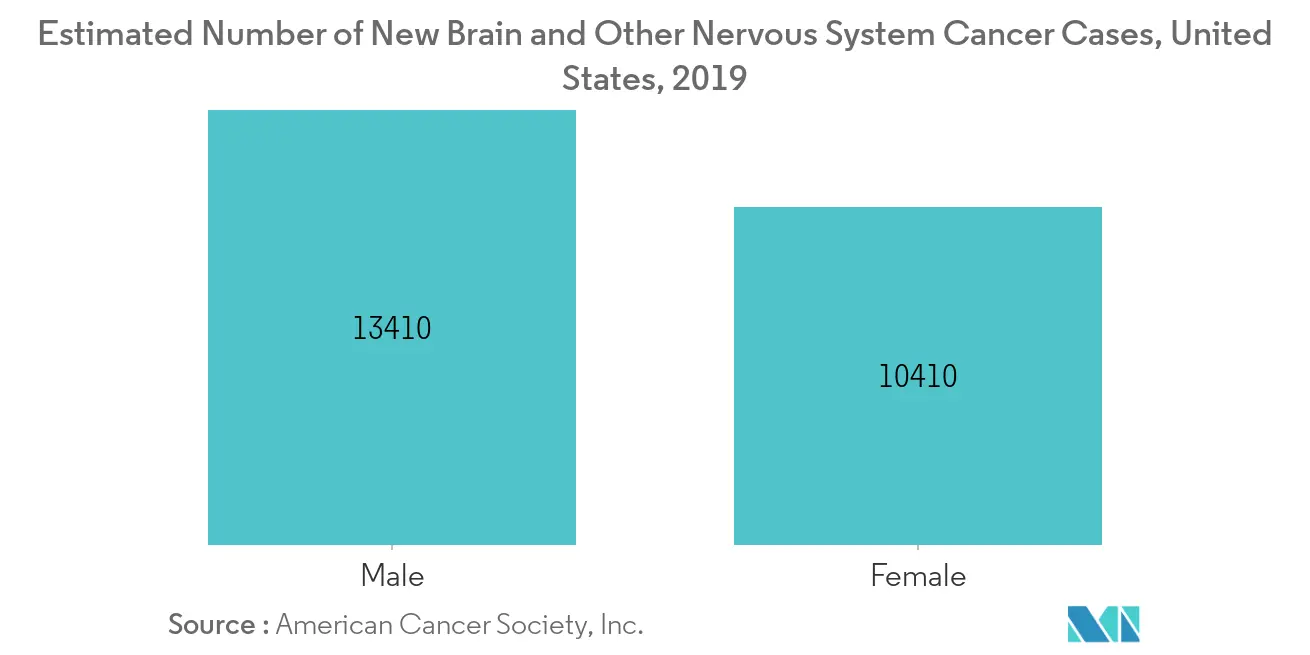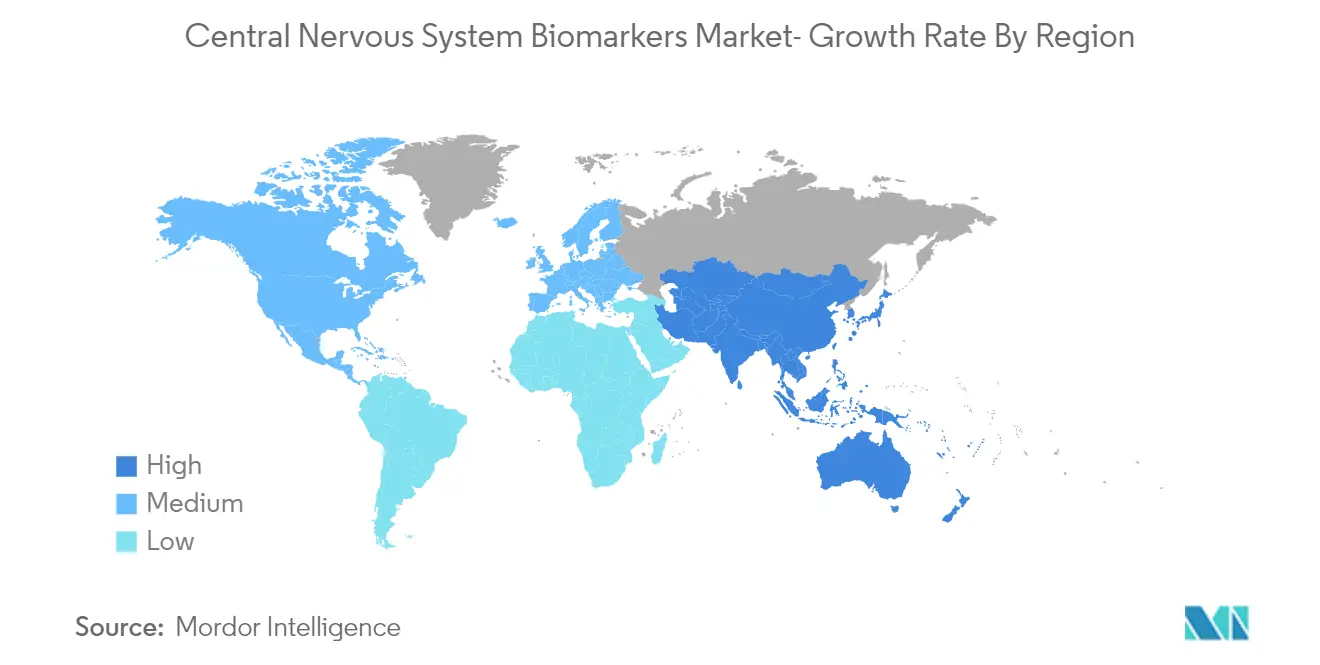Market Trends of Global Central Nervous System Biomarkers Industry
This section covers the major market trends shaping the Central Nervous System Biomarkers Market according to our research experts:
Personalized Medicine Segment Expected to Show Better Growth in the Forecast Period
Precision medicine, or personalized medicine, is found to be one of the most promising approaches to tackling various diseases. The major factors that are contributing to the growth of the market are the rising number of brain and other nervous system cancers. It has its rising application as a diagnostic tool, which helps in recognizing the precise biological markers. There is an increasing number of companies that are found focusing on developing breakthrough products for the treatment of neurological diseases.
The COVID-19 pandemic impacted the personalized medicine segment. Precision medicine (PM) aims to tailor treatment and interventions to unique individual or population-level traits. Therefore, personalized medicine is relevant for addressing COVID-19 illness. The San Antonio Partnership for Precision Therapeutics (SAPPT) also announced the funding of three projects that would accelerate treatments for COVID-19 using precision medicine principles.
Biomarker research in neurodegenerative disease is a rapidly advancing area in personalized medicine. The role of these markers is not only diagnostic, but they also have prognostic potential or role in the development of new treatments. Therefore, a large number of molecules have been evaluated and associated with different neurodegenerative disorders. Alzheimer's disease and Parkinson's disease are found to be the two most common neurodegenerative disorders.
This evolution within precision medicine has profoundly impacted the biopharmaceutical industry, and multiple players from biopharma to diagnostics companies with multiple functions such as research and development to commercial operations will witness a change. Therefore, all these factors have helped in boosting the overall market.

North America Dominates the Central Nervous System Biomarkers Market
The growing burden of chronic diseases, rise in the development of proteomics, genomics, and imaging systems, and increasing adoption of personalized medicines and therapy are expected to drive the central nervous system (CNS) biomarkers market in the United States.
The increasing neurological symptoms have been frequently reported in hospitalized patients with COVID-19, and biomarkers of central nervous system (CNS) injury are reported to be increased in plasma but not extensively studied in cerebrospinal fluid (CSF). Therefore with the rising COVID-19 cases, there is increasing evidence of central nervous system (CNS) damage in COVID-19 patients by using serological biomarkers.
According to the estimates of the GLOBOCAN in 2020, there were an estimated 2,281,658 new cancer cases diagnosed and 612,390 deaths due to cancer in the United States. The National Institute of Neurological Disorders and Stroke is mainly focusing on approaches that could facilitate the discovery and validation of robust biomarkers, primarily for better diagnosis and treatment of certain conditions. Hence, with the rising concerns regarding neurological disorders and increasing spending on R&D of novel biomarkers, the market is expected to grow over the forecast period.
The molecular biomarkers are used for various purposes, including CNS disease diagnosis, prognosis, prediction, and assessment of treatment response and safety. Almost every pharmaceutical company is formulating a molecular biomarker program, either alone or through partnerships. More molecular biomarkers are expected to be identified and validated in drug development.
In 2019, MC10 Inc. announced the collaboration with the University of Rochester for the development of novel digital biomarkers for central nervous system diseases. Hence, with the rising concerns regarding neurological disorders and increasing spending on R&D of novel biomarkers, the market is expected to grow over the forecast period.


